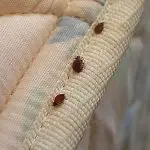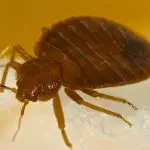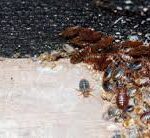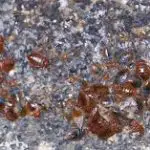How Can You Spray to Prevent Bed Bugs?
To treat bedbugs, you can use an aerosol spray, which is available in water-based or oil-based formulations. The water-based spray formulas are more common because they aren’t likely to stain soft surfaces. Another option is a silica powder treatment, which works by drying the exoskeleton of the bedbugs. It is commonly used along baseboards in rooms with infestations.
Bedbugs typically live in mattresses, box springs, bed frames, headboards, and other furniture, which has cracks and joints. It is best to avoid applying any insecticide dust to flat surfaces, such as furniture. If the infestation is severe, fumigation may be necessary. To prevent a recurrence of an infestation, keep furniture clean and eliminate any hiding spaces.
While bedbug sprays are usually safe for household objects, you should still read the label carefully. Be sure to note any side effects and check for staining potential. Some insecticides are toxic to humans and cannot be applied for extended periods. It’s important to use a spray that is non-toxic and won’t have any unwanted side effects.
If you don’t want to use an aerosol spray, try using a dust-based product instead. This is much easier to use than a liquid, and it won’t harm your furniture. It also works on the box spring and mattress. It doesn’t need to be diluted with water. When used properly, these sprays will kill the bugs on contact, but they won’t kill the eggs. The sprays will also stop working after they dry.








